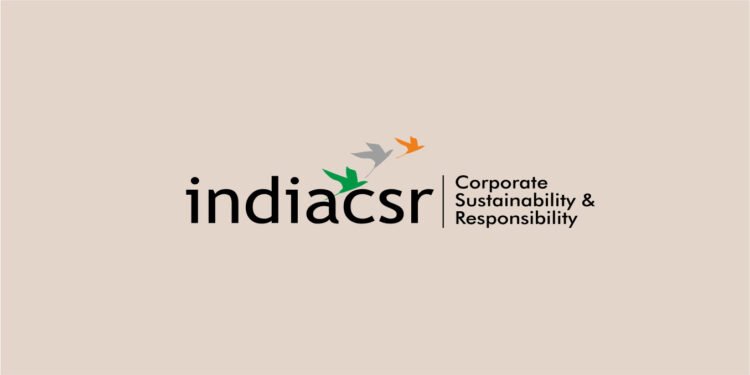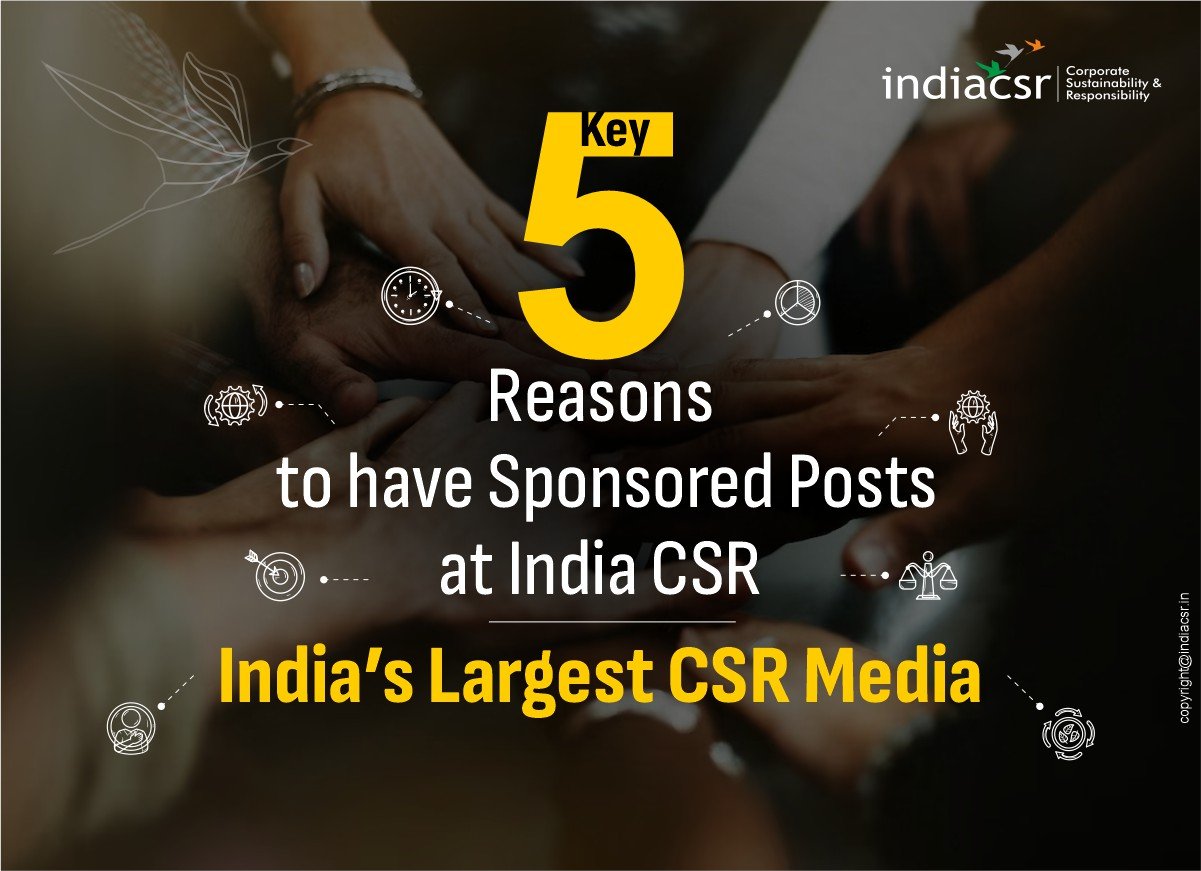The amount signifies only those home loans that are being serviced and part payments have already been made by borrowers. It does not reflect the actual volume of home loans, which would be much higher.
Owning a home is a cherished dream of every Indian. However, burgeoning real-estate prices in India, especially in metro cities render it almost impossible for any salaried person to buy a home by paying immediately, unless they have acquired funds from sale of property or other assets or inherited considerable money.
In such scenario, a majority of people opt for housing loans, also called home loans or house mortgage. Consequently, most major banks and NBFC in India offer home loans that can be taken either singly or jointly with spouse, parent or any other eligible entity.
Most real-estate purchases in India are driven by home loans. This is evident from the fact that by December 2017, total outstanding home loans in India were estimated at whopping Rs. 1.7 trillion. The amount signifies only those home loans that are being serviced and part payments have already been made by borrowers. It does not reflect the actual volume of home loans, which would be much higher.
Major Considerations for Home Loan
While taking a home loan, there are several considerations that come into play. Prime amongst these is cost of the property followed by personal or joint annual income. Next come interest rates payable on the home loan and repayment terms and conditions.
In India, you can avail home loans from Public Sector Undertaking (PSU) banks as well as some private and cooperative banks. Additionally, dozens of NBFCs also offer home loans. Some of these NBFCs are also operated by banks specially to cater to the home loan segment.
Therefore, it is essential to know the difference in taking a housing loan from a bank or NBFC.
Interest Rate Options
You have two options for interest rates when taking a home loan.
- Fixed Interest Rate: This means you will pay a fixed Equated Monthly Installment (EMI) per month during the entire tenure of the year. Fixed Interest allows you to know in advance how much money you need to earmark every month to service the loan.
- Floating Interest Rate: Reserve Bank of India fixes the Marginal Cost Lending Rate (MCLR) quarterly or every three months during a financial year. Hence, banks and NBFCs can increase or decrease the interest they are charging on a home loan. Floating Interest home loan means you may pay lower for a home loan and suddenly find the EMI has increased due to latest MCLR. Or your EMI may drop and you will pay lesser. Here, the interest rate fluctuates and you are obliged to pay the revised EMI to the bank or NBFC.
Some banks and NBFCs allow you to select an interest rate at the time of availing the loan and adjust the final installments according to the average MCLR.
Fixed interest loans are generally offered only for a fixed tenure. After this period, you are automatically obliged to pay EMIs based on floating interest rates.
Interest Rates: Banks v/s NBFCs
In March 2018, the lowest floating interest rates for housing loans were available from banks. The country’s largest PSU lender, State Bank of India (SBI) was offering housing finance at 8.30 floating interest rate. Another major PSU lender, Bank of Baroda was also charging the same floating interest rate of 8.30 percent per annum. These interest rates were applicable for loans with maximum 30-year tenure.
In contrast, major NBFCs were charging slightly higher floating interest rates for loans of 30-year duration. PNB Housing Finance, an NBFC owned by state-owned lender Punjab National Bank was charging as high as 8.60 percent per annum as floating interest. India’s largest and most reputed NBFC for home finance, HDFC was charging lower at 8.35 percent per annum while India bulls also offered home loans at 8.35 percent per annum.
In the private banking sector, DBS Bank was charging annual floating interest at 8.60 percent followed by ICICI Bank at 8.45 percent. Axis Bank was charging rates comparable with major NBFCs and the two PSU banks, at 8.35 percent per annum for loans with 30 year tenure.
Home Loan Protection Plan
This is a highly debatable and sometimes controversial issue as many financial experts will point out. Home Loan Protection Plan (HLPP) is an insurance that covers the amount of an outstanding loan, in the event of your death. This means, your spouse or legal heirs need not worry about EMIs since the insurer will pay the outstanding amount to the bank or NBFC. The house ownership is transferred to your legal heirs, in compliance with Indian laws.
Some banks and NBFCs insist that you take an HLPP and weave in the premium into your monthly EMI. Hence, you do not feel the pinch of the single-premium insurance that you would otherwise pay as lump sum. Other banks and NBFCs allow you to opt for an HLPP and do not enforce it as mandatory requirement.
Some financial and legal experts aver, HLPPs are usually of limited period such as five years. Hence, you will spend an additional amount as premium to cover remaining tenure of the home loan. HLPPs are also highly ambiguous about coverage on certain types of death such as suicide, act of terrorism, crime and others.
Instead, they aver it is better to take a life or term insurance policy to cover your home loan. A good term policy that exceeds the home loan amount will ensure wellbeing of your family and enable them to own the house.
Therefore, look for home loans from banks and NBFCs that come without the mandatory requirement of an HLPP. Instead, buy a good term insurance policy from a good NBFC.
Premature Loan Settlement
Generally, home loan borrowers step up their EMI payments due to increasing income. Hence, you may be able to fully settle a 10-year tenure home loan within seven years only. Here to need to look for the trap when availing a home loan from bank or NBFC.
Enquire about early loan settlement benefits since some banks and NBFCs charge a penal interest. This means, you will not pay the entire interest on the 10 year loan. Neither will you pay a lower interest for settling the outstanding amount earlier. Instead, you will end up paying an interest rate that is higher than the rate that would otherwise be charged for a short-term loan.
Before availing a home loan, ensure the bank or NBFC has well defined policies on premature repayment of loan that works to your advantage. Ensure the earlier repayment clauses are clearly mentioned on your agreement. If in doubt, consult a financial and legal expert for clarifications, before signing on the dotted line.
Wrap Up
As we have seen, there are no major differences involved in availing a home loan from bank and NBFC. You can safely take housing finance from any lender, provided the terms are attractive and interest rates are low.
Before we conclude, you may also consider a home loan under the Pradhan Mantri Awas Yojana (PMAY) a scheme sponsored by the Indian government. Under PMAY, home loans taken from banks attract subsidy from the government. You can avail a home loan from a PMAY participant bank or NBFC if you come under these categories:
- Economically Weaker Section: Households earning less than Rs.300,000 per annum
- Light Income Group: Households whose income ranges between Rs.300,000 and Rs.600,000 per annum.
- Middle Income Group-I: Households with annual income up to Rs.1.2 million.
- Middle Income Group-II: Households with annual income ranging between Rs.1.2 million and Rs.1.8 million.
- Minorities: People who come under Scheduled Caste/ Scheduled Tribe and Other Backward Class categories.
- Women: Females from the EWS and LIG category.
PMAY scheme offer a subsidy on the interest. This means, your loan or its part, up to a fixed amount taken under the scheme, is available at a lower interest rate.




















